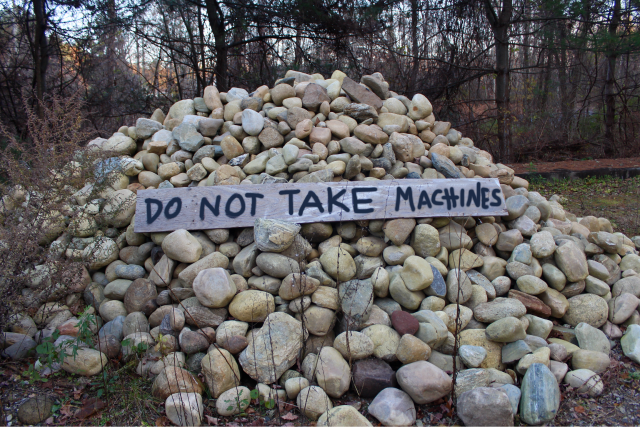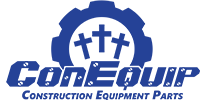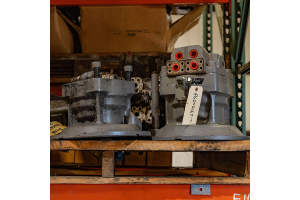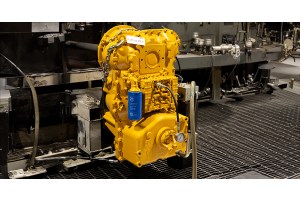
Equipment theft is a widespread problem that poses a severe threat to construction and agricultural businesses. The National Crime Information Center (NCIC) captured 11,574 reports of stolen equipment in 2016, the most recent year for which comprehensive data is available. That’s a little more than 31 incidents per day. This number is probably low, as many thefts go unreported. The lack of a central reporting system makes it difficult to track down and recover stolen machines. However, there are several things you can do to protect your equipment from theft.
One of the best methods to prevent equipment theft is to get notified when it's on the move. You can use GPS tracking or theft recovery devices like LoJack to get notifications when your equipment leaves a geofenced area. This way, you can respond quickly and recover your equipment before it's too late. Maintaining an inventory of equipment is another crucial aspect of theft prevention. Have all the information ready in case a machine is stolen, such as the type of equipment, manufacturer, model, serial number, VIN, PIN, date of purchase, storage location, location of use, photograph of the machine, and any personnel authorized to operate equipment. Also, register your equipment with the National Equipment Register database to make it easier to track down and recover stolen equipment. You can also employ methods to disable machines or make them less mobile. Remove fuses and circuit breakers when machines are unattended, install devices like fuel shut off systems, wheel locks, battery switches, ignition locks, and other hidden deactivation devices.
You can also circle smaller, easier-to-steal equipment in the middle of larger equipment to make it harder to steal. Fencing, lighting, and credentialing can also secure the site. Poor lighting and easy access to the site will make equipment easy targets, so it's essential to have lighting, fencing, and security cameras to deter thieves. Credentialing ensures that people can't walk on-site without permission. Making connections with law enforcement in the area is another effective way to prevent equipment theft. Reach out to law enforcement about extra patrols during weekends and make friends you can call if something doesn't look right. Ensure that your employees are on board with security protocols, and allow time for them to follow through with your security plan. Finally, be aware of when thieves are most likely to strike.
Long holiday weekends, when people aren't on-site, are the most common times for theft. Investing in equipment theft prevention pays off in the long run. Certain insurances offer incentives for extra prevention actions, helping to prevent higher insurance premiums, unwanted downtime, high deductibles, headaches, and possible lost revenue. By following these proven methods for equipment theft prevention, you can secure your machinery and protect it from the risks of theft.









